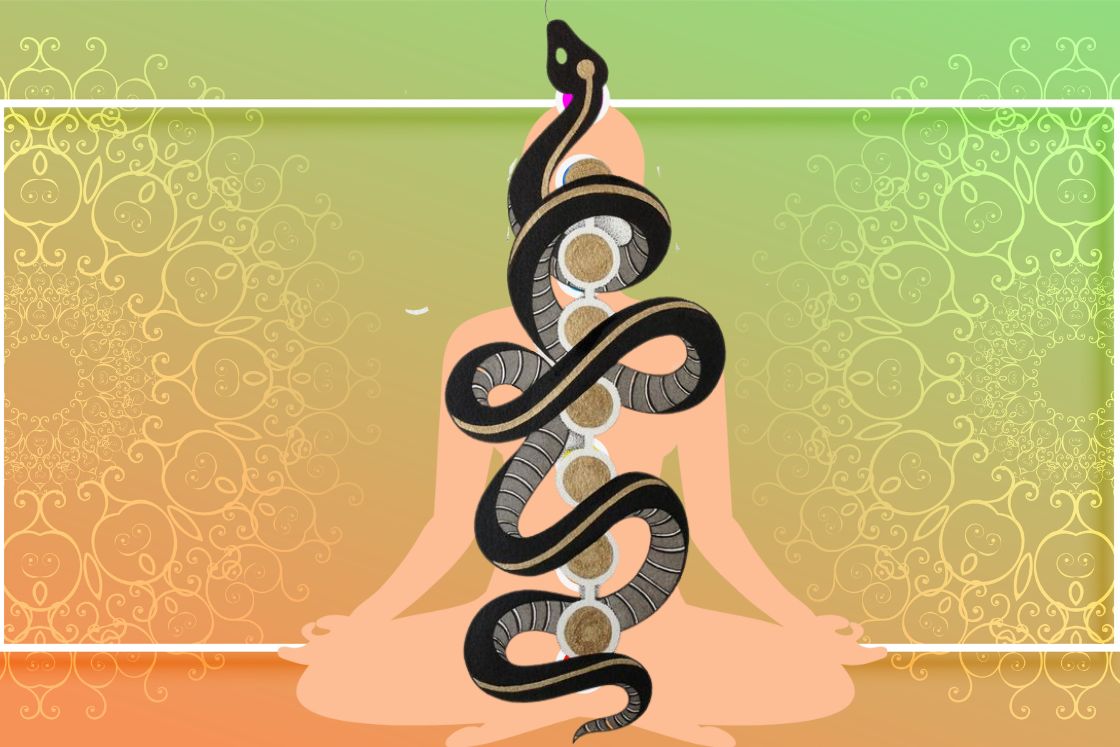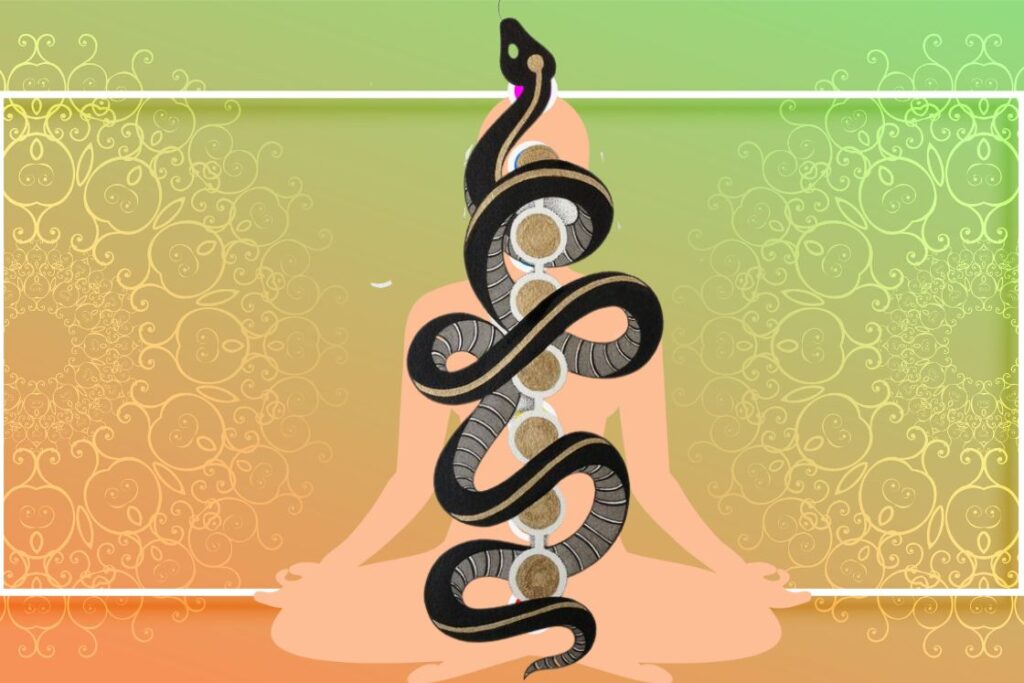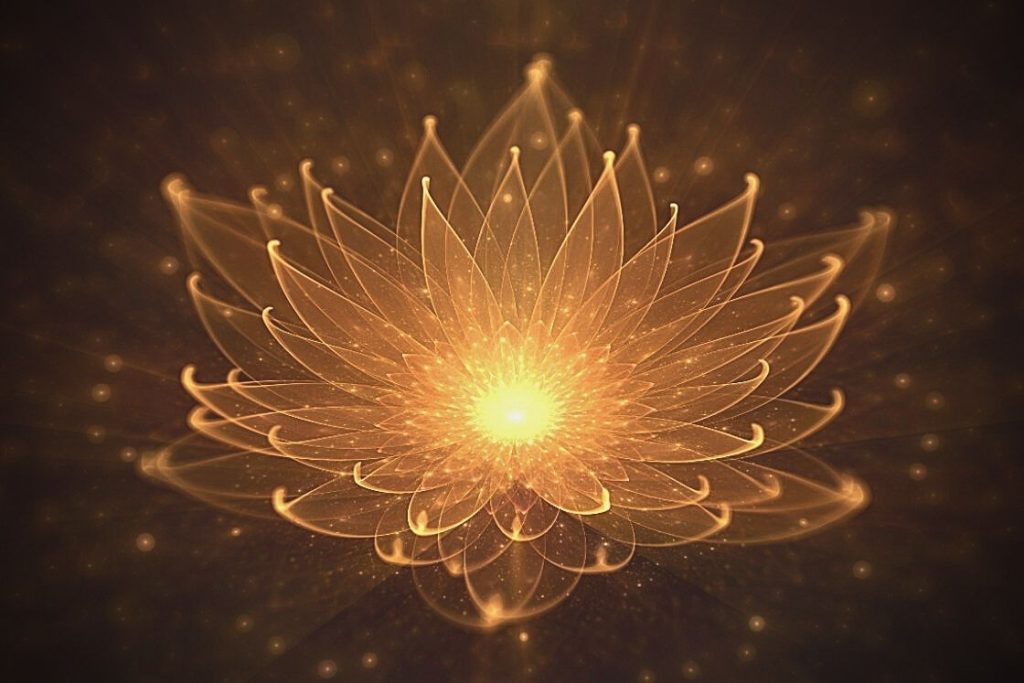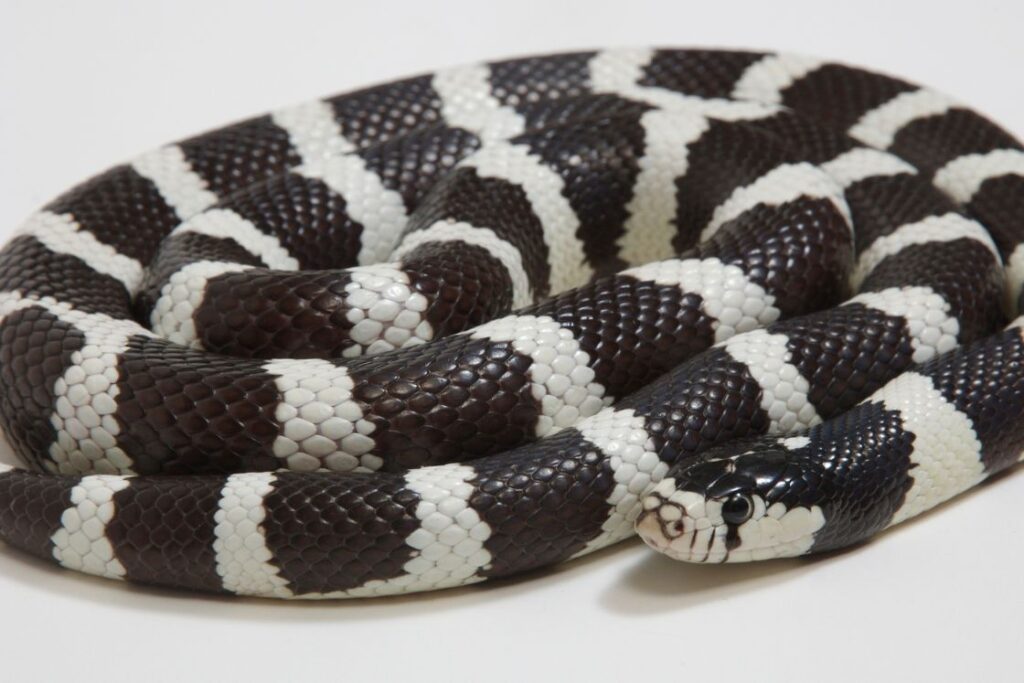Kundalini Snake: The Meaning and Power of Serpent in Kundalini Yoga
When you think about a snake, you may often tend to think about it with a negative connotation. Poisonous, deceitful, evil, dangerous, frightening, and cunning are some of the words that may come to your mind. However, the snake...


When you think about a snake, you may often tend to think about it with a negative connotation. Poisonous, deceitful, evil, dangerous, frightening, and cunning are some of the words that may come to your mind.
However, the snake is also considered a symbol of transformation and life force.
The seriousness and significance of a snake can be understood from the fact that it is liked to an innate energy inside the human body i.e. Kundalini shakti.
Throughout the yogic studies, you might have noticed many illustrations projecting kundalini as a rising snake on the spine.
But do you know why the snake has been promoted as the symbol of kundalini energy?
Read on and find out the meaning behind the kundalini snake.
What exactly does Kundalini mean?

In Sanskrit, kundalini has been derived from the word “kundal” which means circular or coiled shape earring jewellery.
Another meaning of Kundalini is derived from the root word “Kunda” meaning “a deeper place, pit or cavity”. Kunda is a square pit used to kindle and contain the fire in the ceremony of initiation; usually seen in rituals in India. The snake’s pit is also called kunda where it rests sitting in coiled. Kunda refers to the concave cavity in which the brain, resembling a coiled and sleeping serpent, nestles.
Kundalini is the name given to the Hindu Goddess Shakti/Durga.
In Hinduism and tantric concepts, kundalini is the form of divine feminine energy that resides in the base of the spine. More importantly, it is the form of Goddess Shakti, who represents power, force, and strength.
The kundalini was adopted in Hatha Yoga in the 15th century.
Eknath Easwaran, who is an Indian spiritual teacher, author, translator, and interpreter of the holy texts Bhagwad Gita and Upanishads used the term “coiled power” to depict the true essence of kundalini.
Kundalini, in terms of our bodies, is the primordial vital energy that rests resting at the base of our spines. This vital energy is unleashed via a set of practices termed Kundalini Yoga which involves the use of mantras, mudras, body movements, and breathwork.
The relevance of snake in Indian culture
Since kundalini is the concept taken from Hinduism, in order to know the meaning behind kundalini snake, it’s important to know snake relevance in indian culture.
The snake, as dangerous looking and fearful as it is, holds a ton of importance in multiple cultures, especially in India. Almost every temple has a snake depiction, the Hindu god Shiva has a snake coiled around his neck, another Hindu god Lord Vishnu sleeps on a bed of coiled snakes, and even a Hindu festival is dedicated to the snake called “Naag Panchami”.
It is also believed that when celestial beings entered our world, they would enter in the form of a snake.
In Hinduism, a snake is revered as a divinity that stands for eternity and material existence, life and death, and time and timelessness. It represents creation, preservation, and annihilation, the three processes that make up the universe.
Moreover, due to snake act of shedding its skin, it is also observed as a depiction of rebirth, death, and mortality.
Finally, in yogic traditions, the snake represents the kundalini energy that sits in the base of the spine and when awakened provides a mystical experience with great energy flowing throughout the body.
The serpent spirit has long been a sacred figure in many different religions and spiritual traditions, standing for life, health, and rebirth.
What does Kundalini snake represent?

Looking at the relevance of the snake and its positive meanings, it is no surprise that the powerful force of kundalini energy is also depicted as a coiled snake.
When a snake is coiled it is in its resting phase, lying in a dormant state and preserving its energy. But when the snake rises from its placid state, it shows its true power and strength.
Similarly, the kundalini energy lies dormant at the base of the spine or more specifically in the Muladhara chakra. When you perform various activities of kundalini yoga and meditation, you fuel kundalini serpent power which results in the energy rising through all the chakras. And that is called Kundalini awakening.
The representation of kundalini as a serpent also relies on the following characteristics:
The kundalini lies at the base of the spine, waiting to be awakened at the right time and unleash its hidden powers, just like a snake that is coiled and saving its energy to strike at the right time. When the kundalini rises, it goes through all 6 chakras located in the spine to reach its final destination of the 7th chakra at the top of the head, i.e., Sahasrara Chakra. This is where Shakti (kundalini) meets Shiva and union of Shiva and shakti happens. This movement is indicative of the slithering movement of the snake on the ground. The rise of kundalini can bring about a transformation in the physical, mental and spiritual plane of a person which is similar to the snake shedding and renewing its skin.Three and one half coils of Kundalini serpent

In most of the illustrations of the Kundalini shakti, you will see kundalini serpent at its origin (in root chakra) is coiled upon itself three and one half times. Three and one half – is a unique number you may also have observed in the symbol of OM. Yes, this number of coils is intentional.
It is worth mentioning that the kundalini snake sits coiled three and a half times at its pit in root chakra. This number have the following meaning:
Three coils of kundalini snake represent 3 states of consciousness – Waking / Conscious, Dreaming / Unconscious, and Deep Sleep / Subconscious. The half coil is the higher consciousness, which each yogi aims to achieve. The number 3 can also mean the time – past, present, and future whereas the half is the transcendence of time. Another depiction of the kundalini snake sitting in three and half coil; is that three coils represent the three Gunas of Prakriti: Sattva, Rajas and Tamas, and the half represents the Vikritis, the modification of Prakriti.Needless to say, the kundalini snake stands for the power, strength, creativity, capability, knowledge, and other hidden talents and energies hidden within us.
What happens when the kundalini serpent rises?
The event of the kundalini serpent rising is known as the kundalini awakening. And the most interesting part of this awakening is that you will never know when this awakening might happen.
You might experience it the moment you start your practice, after a few days, maybe a couple of weeks later but it might also take months, years, or even your entire lifetime.
The timeline of the kundalini awakening is truly unknown as it often depends on the person and his experiences.
This is not to say that there is no method through which the kundalini serpent cannot rise.
You can perform kundalini yoga kriyas and kundalini poses, which is designed to focus on this energy.
The kundalini serpent is said to rise from the Muladhara chakra, pass through the central Nadi, the Sushumna, and then ascend to the top of the head.
A deep alteration of consciousness is thought to occur as Kundalini progresses through the various chakras, bringing about varying degrees of enlightenment and mysticism until it ultimately reaches the Sahasrara or crown chakra at the top of the head.
As the kundalini serpent rises, it also cleanses and unblocks our chakras to bring them to a state of balance.
Physical, emotional, and psychological sensations including perspiration, nausea, and heightened energy are frequent during the path of Kundalini awakening as it moves up the spine.
When all the chakras are opened, it establishes a free flow of energy in the body. It is only then, that you can reach the final stage of enlightenment.
However, utmost caution should be taken to proper the kundalini serpent rising. The kundalini serpent can also be triggered due to an unfortunate event. If your body is not ready, it can be the most unpleasant experience you might have in your life. It can lead to immense physical, emotional, and psychological stress, also known as Kundalini Syndrome.
Therefore, if you are vying for the kundalini serpent to rise, you should always seek professional guidance.
Also read: Kundalini Syndrome – Dangerous effects of Kundalini Awakening

Download Ayurveda body type PDF
Know the characteristics of Vata, Pitta and Kapha body types. Get PDF now.
Conclusion
From Indian to Egyptian and Greek, the snake has been represented as a form of God, transformation, and mysticism. Kundalini snake is seen as a representation of life force energy, in spiritual rituals all over the world, whether it is eating its tail, wrapped over a crucifix, or worn as a pendant.

 UsenB
UsenB 

































